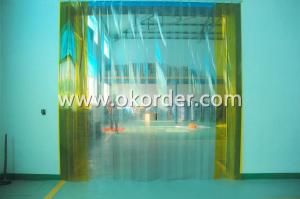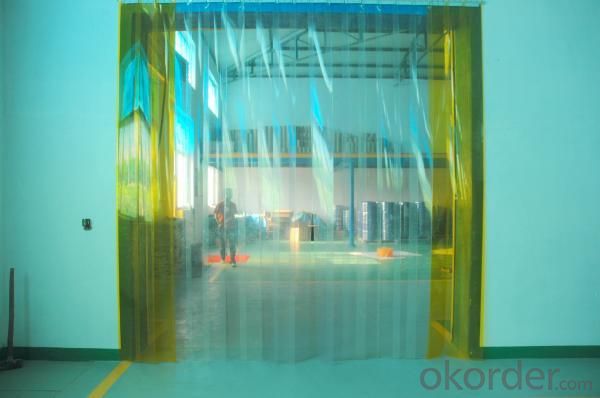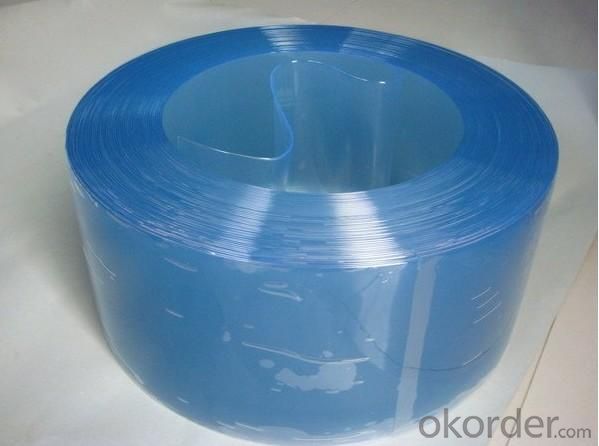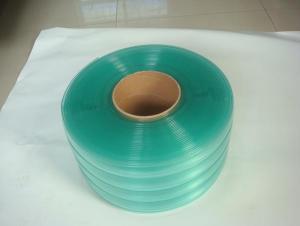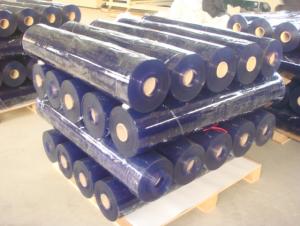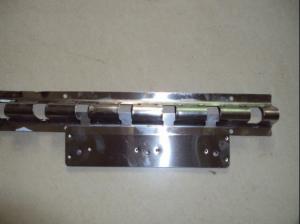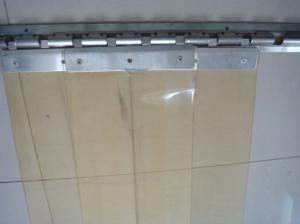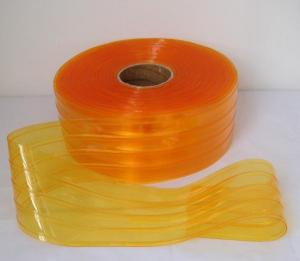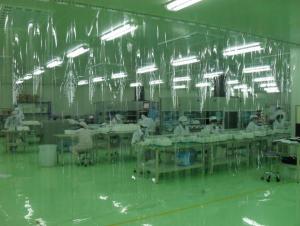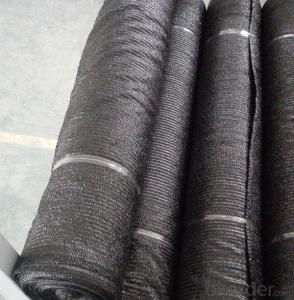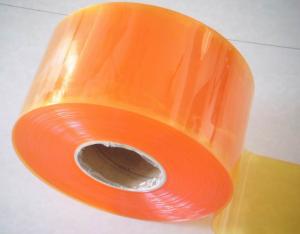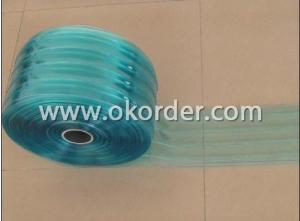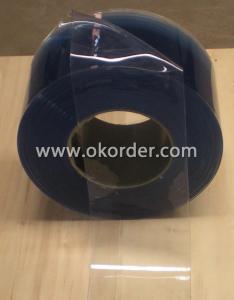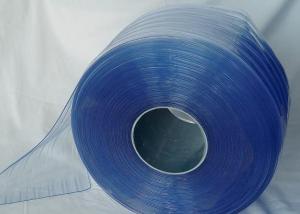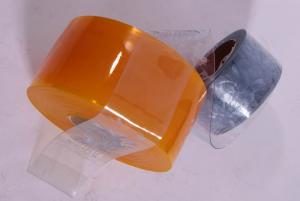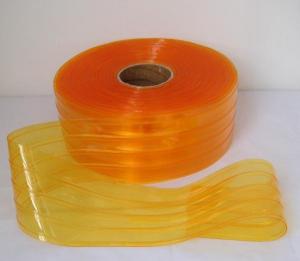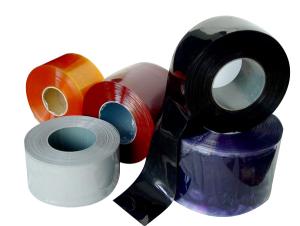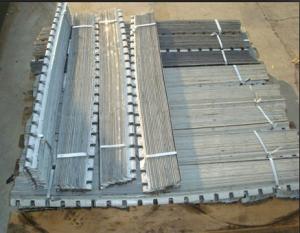PVC Strip Door Curtain Used for Warehouse
- Loading Port:
- TianJin
- Payment Terms:
- TT or L/C
- Min Order Qty:
- 50 Rolls roll
- Supply Capability:
- 15 Containers Per Month roll/month
OKorder Service Pledge
OKorder Financial Service
You Might Also Like
Specifications of Warehouse Use PVC Strip Door Curtain
1. the CHEAPEST and the FASTEST solution to divide small or large rooms.
2.Strips: made of transparent or coloured plastic in full or partial overlap and are supported by fixed or sliding metal junctions.
3.can create real partion walls suitable to divide rooms and sheds.
4.a barrier against bugs and birds. they can be installed either in food or in pharmaceutical areas.
5.Suitable for LOW TEMPERATURES: -50 °C to -50 °C is also available.
6.Easy and quick to install and do not require any particular maintenance.
7.Solid or sliding track manufactured in either stainless or galvanized finishes.
8.This product is manufactured to suit the clear open specified by the client.
Applications of Warehouse Use PVC Strip Door Curtain
PVC flexible strip doors are widely used in the following area:
Door construction, lamellar doors
Trade and industry
Seperation of production and storage sites
Cold stores,cold store depots
Door area screening for cold stire vehicle
Coloured warning strips for industrial doors
As a view protection, also with frosted surfaces
Package& Delivery of Warehouse Use PVC Strip Door Curtain
Wooden pallet,shirnk film according to custom requires.
Colors of Warehouse Use PVC Strip Door Curtain
Blue, Green, Orange, White and Yellow.
Other colours are available on request.
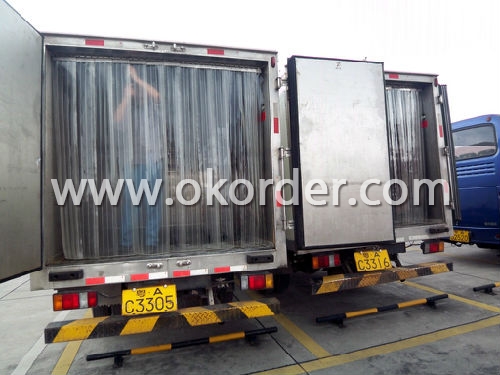
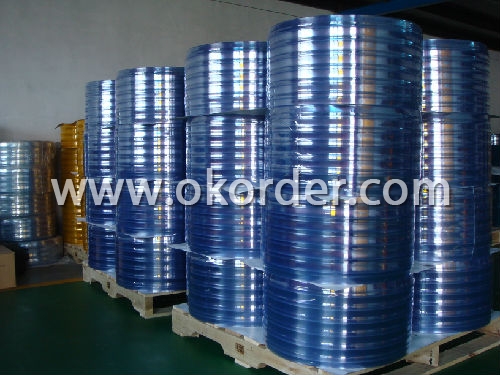
- Q: Can plastic parts in home appliances be affected by exposure to abrasive materials?
- Yes, plastic parts in home appliances can be affected by exposure to abrasive materials. The abrasive materials can scratch or wear down the plastic surfaces, leading to damage or reduced functionality of the appliance.
- Q: What are some innovative uses of plastic in modern home appliances?
- Some innovative uses of plastic in modern home appliances include the integration of plastic components for increased durability and weight reduction, the use of plastic coatings for enhanced insulation and protection, and the development of smart plastic materials that allow for seamless connectivity and advanced functionality.
- Q: Plastic buckle and wood stick, what kind of glue?
- If nails are fixed, use structural adhesive or glass adhesive. If you can't fix it with nails, you must use fast viscose.
- Q: What are the considerations for using BPA-free plastic in kitchen appliances?
- When considering the use of BPA-free plastic in kitchen appliances, several factors come into play. First and foremost, BPA (Bisphenol A) is a chemical commonly found in plastics that has been linked to potential health risks. By opting for BPA-free plastic, one can mitigate the potential exposure to this chemical. Additionally, BPA-free plastics are generally considered to be safer and more environmentally friendly alternatives. However, it is crucial to ensure that the alternative plastic used in the kitchen appliance is of high quality and meets safety standards. Proper research and scrutiny of the manufacturer's claims regarding the plastic's composition and safety are essential. Ultimately, the considerations for using BPA-free plastic in kitchen appliances involve prioritizing health, safety, and environmental concerns.
- Q: How does the flexibility of plastic benefit the design and functionality of home appliances?
- The flexibility of plastic benefits the design and functionality of home appliances in several ways. Firstly, plastic materials can be molded into various shapes and sizes, allowing for innovative and ergonomic designs that enhance user experience and convenience. Additionally, plastic's lightweight nature makes appliances easier to handle and transport. Plastic is also resistant to corrosion and moisture, making it suitable for appliances that come into contact with water or other liquids. Moreover, plastic's insulating properties help improve energy efficiency in appliances. Lastly, plastic is a cost-effective material, enabling manufacturers to produce appliances at a more affordable price point.
- Q: How does plastic contribute to the portability of home appliances?
- Plastic contributes to the portability of home appliances by being lightweight, durable, and easily moldable into various shapes and sizes. It allows manufacturers to design and produce appliances that are easier to handle and move around, making them more convenient for consumers to transport and use in different locations.
- Q: How do manufacturers choose which type of plastic to use for a specific home appliance?
- Manufacturers choose the type of plastic for a specific home appliance based on various factors such as the required strength, durability, heat resistance, and aesthetic appeal. They consider the appliance's function, design, and intended use, while also taking into account cost-effectiveness and availability of materials. Extensive research and testing help manufacturers determine the most suitable plastic that meets the desired specifications and requirements for the home appliance.
- Q: Are there any safety concerns with plastic parts in electric woks?
- Yes, there can be safety concerns with plastic parts in electric woks. Plastic parts may melt or warp if they come into direct contact with high temperatures, leading to potential hazards such as toxic fumes or fire. It is important to ensure that the plastic parts used in electric woks are heat-resistant and made from food-grade materials to minimize any safety risks.
- Q: How are home appliance plastics different from other types of plastics?
- Home appliance plastics are specifically designed to meet the unique requirements of home appliances. They are engineered to have higher heat resistance, improved durability, and better electrical insulation properties compared to other types of plastics. Additionally, home appliance plastics undergo stringent testing and certification processes to ensure they meet safety standards for use in domestic settings.
- Q: Are there any specific performance requirements for home appliance plastics?
- Yes, there are specific performance requirements for home appliance plastics. These requirements include factors such as mechanical strength, resistance to heat and chemicals, electrical insulation properties, and durability to withstand everyday usage and environmental conditions. Additionally, the plastics used in home appliances should be safe for contact with food and beverages, and should comply with relevant regulations and standards for consumer safety.
1. Manufacturer Overview
| Location | Hebei, China |
| Year Established | 1995 |
| Annual Output Value | Above US$ 50 Million |
| Main Markets | 15.00% Mid East 10.00% Northern Europe 10.00% North America 30.00% Eastern Asia 10.00% Africa 9.00% Eastern Europe 8.00% Southeast Asia 3.00% Oceania 3.00% Western Europe 2.00% Southern Europe |
| Company Certifications | ISO 9001 |
2. Manufacturer Certificates
| a) Certification Name | |
| Range | |
| Reference | |
| Validity Period |
3. Manufacturer Capability
| a) Trade Capacity | |
| Nearest Port | Tianjin; Qingdao; Shagnhai; Guanghzou |
| Export Percentage | 41% - 50% |
| No.of Employees in Trade Department | 21-50 People |
| Language Spoken: | English; Chinese |
| b) Factory Information | |
| Factory Size: | Above 100,000 square meters |
| No. of Production Lines | Above 5 |
| Contract Manufacturing | OEM Service Offered; Design Service Offered |
| Product Price Range | High; Average |
Send your message to us
PVC Strip Door Curtain Used for Warehouse
- Loading Port:
- TianJin
- Payment Terms:
- TT or L/C
- Min Order Qty:
- 50 Rolls roll
- Supply Capability:
- 15 Containers Per Month roll/month
OKorder Service Pledge
OKorder Financial Service
Similar products
Hot products
Hot Searches
Related keywords
